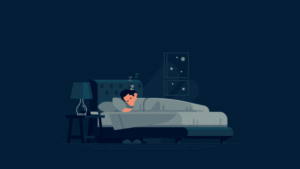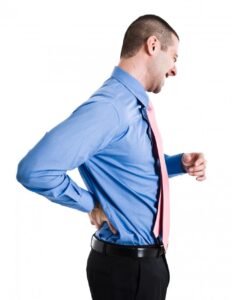- Warm up: Golf swings usually stress the lumbar spine. Warming up and stretching before enduring this type of spinal stress can help to prevent injury. An added benefit of warming up is that it has been shown to improve people’s golf performance. Those who warm up are specifically more likely to have higher clubhead speeds than those who do not warm up.
- Evaluate your swing mechanics and adjust accordingly: Side bending is particularly problematic for golfers because it can lead to spinal injury and spinal degeneration. Decreasing spinal side bend during the downswing may help protect against injury
- Practice swings on your dominant and non-dominant sides: Some lower back problems arise because of the asymmetry of trunk rotation that occurs when golfers only swing on the right or the left side. Golf swings do not engage the same muscles in the same way on the backswing and on the follow-through, so each side of the body will not develop the same muscle tone if you only practice on one side. The resulting asymmetry is thought to contribute to lower back problems.
- Use good posture: When people slouch while playing golf, they are more likely to develop lower back pain. Ensuring that you keep good posture is therefore a simple strategy for avoiding back pain when golfing.
- Improve your trunk rotation flexibility: Over-rotating while swinging a golf club is associated with lower back pain. If you can improve your ability to rotate your trunk, you may be able to reduce your chance of developing lower back pain. Lifting the lead heel at the end of the backswing is recommended to ensure that more rotation occurs in your pelvis than in your spine.
- Don’t carry your clubs on one shoulder: Golfers who carry their own clubs are more likely to have lower back pain than those who use a different type of transport system. The problem with carrying clubs is likely the stress placed on one shoulder when clubs are carried with a single strap. Not carrying your clubs, or, if you do carry them, using a double strap, backpack style golf bag could help to prevent lower back pain.
- Take breaks: Playing excessively increases the likelihood of injury, and players who play with higher frequency are more likely to endure lower back pain than those who play less often. The cumulative load is thought to be the major issue leading to lower back pain in golfers, so fewer strokes overall may be more important than the way in which the ball is hit. It’s also important to ensure that the muscles that are engaged during golf get proper rest, which requires that golfers put a limit to how much time they spend golfing so that they can recuperate from the activity.
Ideally, golfers – whether amateur or professional – can enjoy their sport without lower back pain detracting from their experience. Employing these few simple strategies can help you reduce the chances that lower back pain gets in the way of your time on the golf course.













